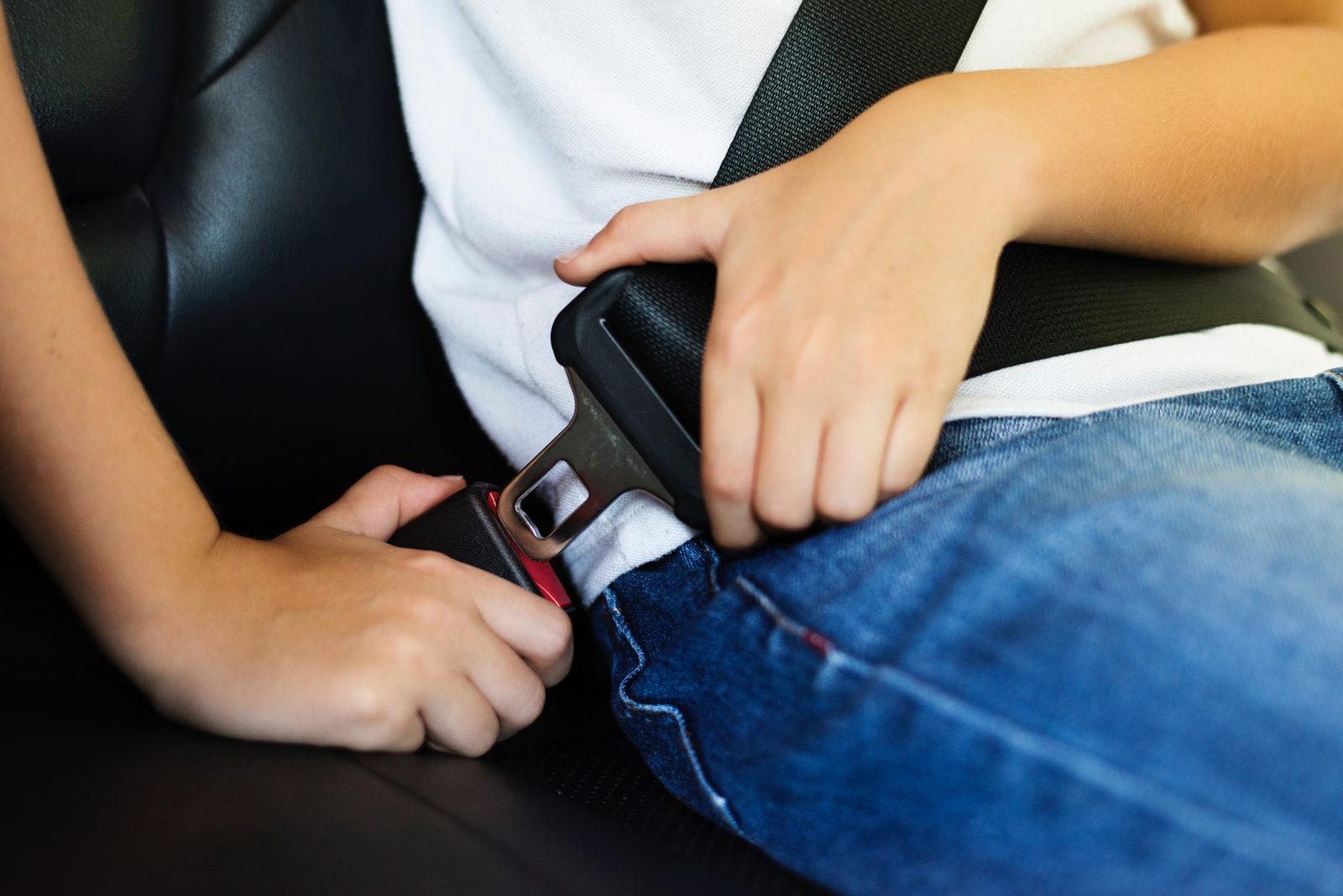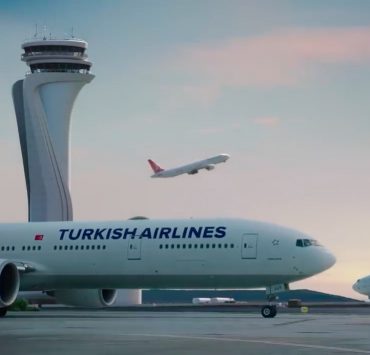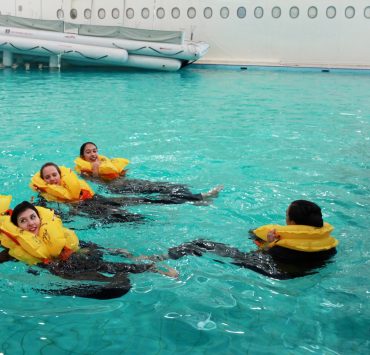
Since 1990, the National Transportation Safety Board (NTSB) has published an annual list of its top ten most wanted transportation safety improvements. Some are merely pipe dreams that will never see the light of day, while many others come directly off the back of real accidents or incidents. More often than not the list has direct safety consequences on the aviation industry and it’s helped make flying the safest mode of transport bar none.
Unfortunately, this year’s publication was delayed by a few weeks because of the partial U.S. government shutdown which saw many NTSB workers furloughed. But with government agencies in the midst of a temporary reprieve, the NTSB has been able to finally unveil what safety improvements it most wants to see implemented within the next two years.
“The 2019 – 2020 Most Wanted List advocates for 46 specific safety recommendations that can and should be implemented during these next two years,” explained the NTSB’s Chairman Robert Sumwalt at the event held at the National Press Club on Monday.
The NTSB is seeking regulatory action for less than half of those recommendations so it’s up to industry to implement many of these life-saving ideas off their own back.
Some of the items that make this year’s Top Ten list have nothing to do with aviation – such as an idea for positive train control or automatic collision avoidance systems on motor vehicles. Others though could have a big impact on aviation safety. One of the most striking is to remove an exemption that allows children under the age of two to be held in an adults lap – in some cases, without even an extension seatbelt.
“Children are safest when they are properly secured in a child safety seat, in their own seat, when flying,” says the NTSB. “Our investigations have shown that children under age 2 are at risk of serious injury and death when they are not restrained by a child safety system and in their own seat.”
It’s a measure that’s strongly supported by flight attendants who recently implored the industry to adopt existing international guidelines that recommend the use of FAA approved child restraint systems. It may well make flying with an infant a lot more expensive but it would also make it far safer – and that’s something you can’t put a price on.
Other issues on the NTSB’s radar include:
Distraction
The NTSB says mobile phones and tablets are a distraction that could result in a serious accident. Personal use of these devices are already banned in the cockpit and the agency would like this extended to other safety-critical roles like flight attendants, mechanics and ramp workers.
Alcohol and drug impairment
The most commonly found impairing substance in fatal crashes was diphenhydramine, a sedating antihistamine found in over the counter allergy medications and sleep aids. While drug use is a bigger problem in general aviation rather than commercial scheduled airline services, it’s still an area that the NTSB wants to see more regulation.
Fatigue
Long duty hours, different time zones and just living a busy life – fatigue has been a real issue that the aviation industry has been grappling with for years. The fact that this issue is still in the Top Ten list just goes to show how much more needs to be done.
“The travelling public is unknowingly and unwillingly at risk when a fatigued operator cannot safely execute his or her duties,” explains the NTSB.
A list of the recommendations can be found on the official NTSB website here.
Mateusz Maszczynski honed his skills as an international flight attendant at the most prominent airline in the Middle East and has been flying throughout the COVID-19 pandemic for a well-known European airline. Matt is passionate about the aviation industry and has become an expert in passenger experience and human-centric stories. Always keeping an ear close to the ground, Matt's industry insights, analysis and news coverage is frequently relied upon by some of the biggest names in journalism.









